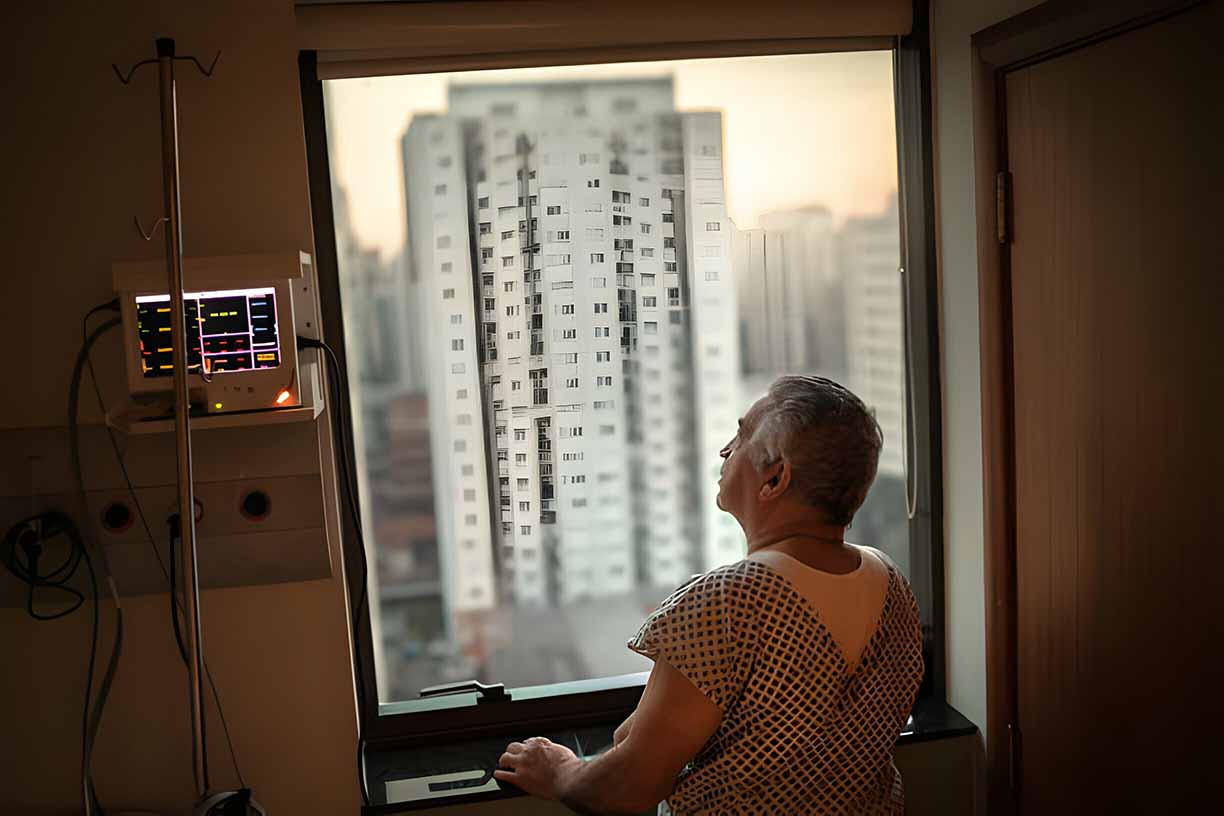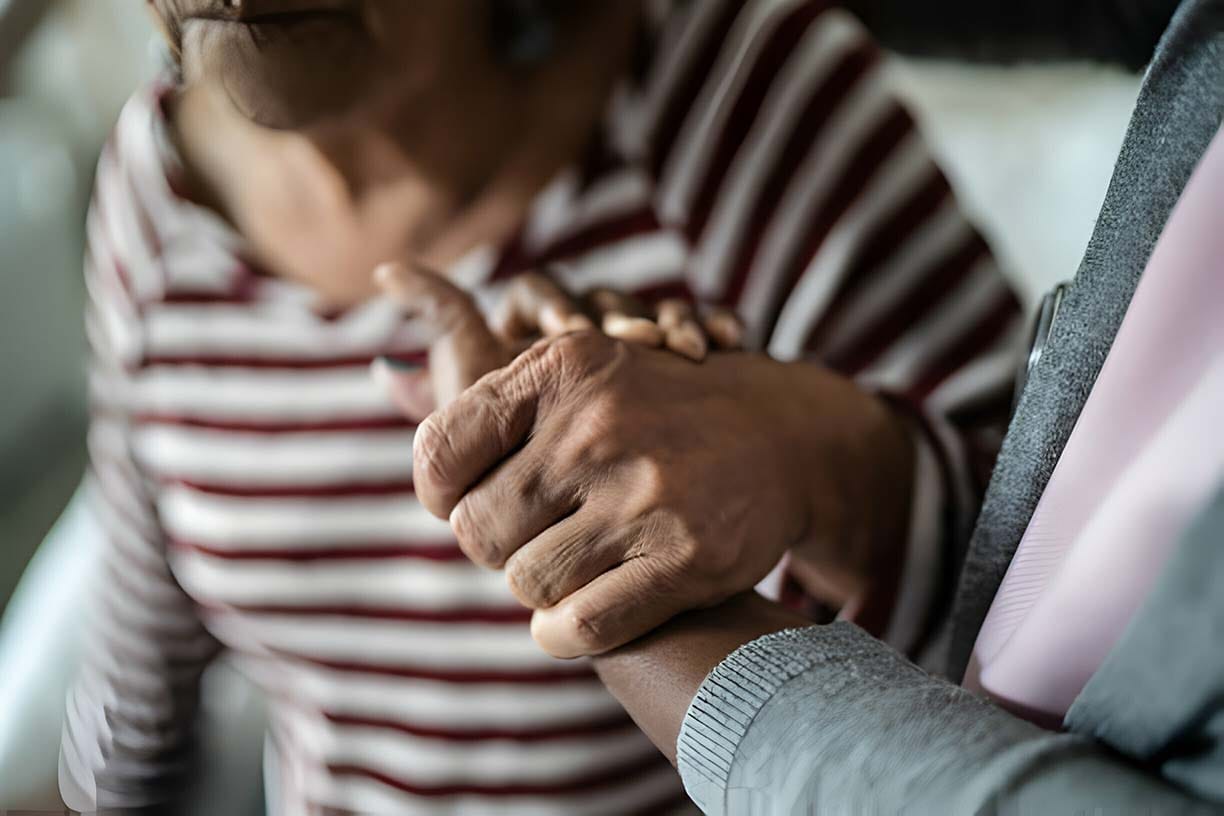This article is reviewed, corrected, and approved by: Julia Weiss CNP| RN | MPH
Millions of people around the world suffer from dementia. There are lots of types of them also. Vascular dementia, childhood dementia, frontotemporal dementia, lewy body dementia (LBD), etc.
Understanding Lewy Body Dementia (LBD) is important for both patients and caregivers. LBD has different stages, each with unique challenges that require specific care.
This guide will help you understand the different stages of LBD. Starting from its early symptoms to cognitive decline, and how caregivers play an essential role. I will also explain new treatment methods, how genes and environment play a role, and the financial implications of caregiving.
Causes of Dementia and Possible Cures

Genetic and environmental factors may contribute to LBD, although its exact cause remains unknown. The search for a cure is ongoing, with various avenues being explored to understand the underlying mechanisms of the disease better.
- In the brain, there are these unusual deposits called Lewy bodies.
- Genetic factors may play a role in the onset of Lewy Body Dementia.
- There is a possibility that environmental factors play a role in the creation of Lewy bodies.
- Lewy Body Dementia is more likely to hit people with Parkinson's.
- Specific genetic mutations are linked to a higher risk of developing LBD.
- Aging is a risk factor for Lewy Body Dementia, as the disease becomes more common with age.
7 Stages of Lewy Body Dementia

Let’s have a look at the 7 stages of Lewy body dementia.
Stage 1: Normal functioning
Early Symptoms and Diagnosis LBD begins with subtle signs, such as cognitive and motor impairments. Which often go unnoticed. Memory loss, confusion, and difficulties with executive functions may arise.
Unfortunately, diagnosing LBD can be challenging due to its resemblance to other dementias. However, early detection and accurate diagnosis are crucial for effective management.
Stage 2: Early dementia
Mild Cognitive Decline During this stage, cognitive decline becomes more noticeable. Memory loss intensifies, and individuals may find it increasingly difficult to perform daily tasks.
Behavioral and psychiatric symptoms like depression and anxiety may also emerge. Caregivers should focus on implementing strategies to manage symptoms. That would enhance the patient's quality of life.
Stage 3: Mild dementia
Moderate Cognitive Decline As LBD progresses, cognitive impairment becomes more noticeable. This stage often manifests with movement abnormalities, including parkinsonism and falls. Addressing mobility challenges and considering assistive devices is essential to ensure the patient's safety and well-being.
Stage 4: Moderate dementia
This is called the Severe Cognitive Decline stage. Individuals experience a significant decline in cognitive function. Relying heavily on caregivers for assistance with daily activities.
Stage 5: Moderately severe dementia

In this stage, Hallucinations and delusions may become more commonly seen. Providing a safe and supportive environment becomes paramount during this period.
Stage 6: Severe dementia
This is called the Late-Stage Cognitive Decline stage. Late-stage LBD involves complete dependence on caregivers for all aspects of daily living. Patients face an increased risk of infections and other medical complications.
Stage 7: Very severe dementia
Providing appropriate palliative care to patients with Lewy body dementia is of utmost importance. Especially during the end-of-life phase. End-of-life considerations are also crucial.
To ensure patients remain comfortable and maintain their dignity during their final days. This includes providing emotional support to the patient. Also their family manages pain and lewy body dementia symptoms.
New Treatment Options for Lewy Body Dementia
Research into LBD continues to progress. Leading to the development of new treatment options. These treatments can improve symptoms and slow down the progression of the disease.
Innovative approaches has invented. Such as targeted medications and non-pharmacological interventions. These helps to improve patients' quality of life.
Although no definitive cure for LBD exists. Treatments are available to manage symptoms and enhance the well-being of patients.
These treatments may include medication, therapy, and lifestyle modifications. However, it is essential to consider the cost implications. Especially when planning for dementia care, as it can be financially burdensome.
Cost of Lewy Body Dementia
LBD can be costly, with care expenses reported to be one of the highest among various types of dementia. The cost of care may vary depending on the stage of the disease.
The level of care required and geographic location. Patients with LBD incur significant medical costs, and hospitalization rates are higher than other forms of dementia.
The average cost of LBD is around $20,000 to $30,000 annually. The overall cost of dementia care, including LBD, is substantial. Planning for the costs associated with LBD is crucial for ensuring appropriate care and support.
Final Thoughts
Understanding the stages of Lewy Body Dementia is crucial for patients and caregivers. Identifying symptoms helps both to pursue early diagnosis. Then, people can receive appropriate care and support.
Ongoing research and the development of new treatments offer hope for improved management of LBD. As we continue to strive for a cure, we also need to raise awareness. Ans supports affected individuals and ensures affordable dementia care.


